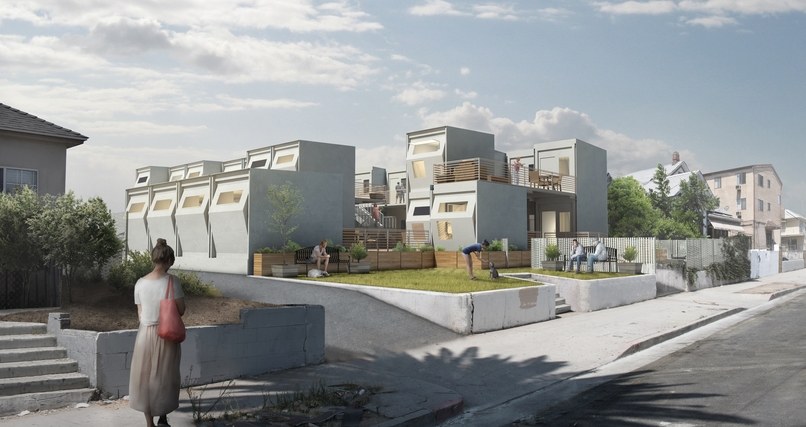Interior Architecture and Design, Professor Jill Pable, Featured in Architectural Digest
Article courtesy of Architectural Digest.
On any given night during 2018, some 552,830 Americans nationwide experienced homelessness, according to a recent report by the U.S. Department of Housing and Urban Development. That’s a tragic statistic, but it’s only a slight increase—just 0.3 percent—over 2017. A decade-long trend shows a more positive outlook; overall, homelessness has declined by 13 percent since 2010. An innovative “housing-first” approach, which recognizes the importance of stable housing first and foremost, is partly responsible for the improvement.
While the people experiencing homelessness are, of course, a diverse group, some fundamental needs are shared. Creating a sense of security, privacy, and dignity is always necessary, says Jill Pable, a professor in Florida State University’s Department of Interior Architecture and Design, who runs the website (Design Resources for Homelessness). The best solutions are also participatory, Pable adds. “We must listen to and include these people in the design approach”, she says.
As attitudes toward homelessness have begun to shift (last month, Sesame Street introduced a storyline about a seven-year-old character who no longer has a permanent home), design has, too. “Taking steps to help these people re-enter regular society,” says Pable, should be any designer’s end goal. Permanent supportive housing, she notes, is the most successful strategy for helping the homeless get back on their feet. But temporary and emergency shelter plays a role, too. From 3D printed houses to flat-pack sleeping pods to community-based apartment complexes, creative solutions—and hope—are on the horizon.
